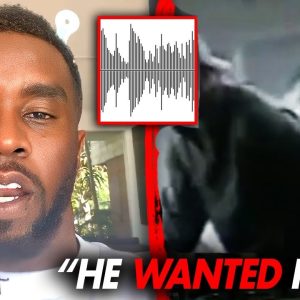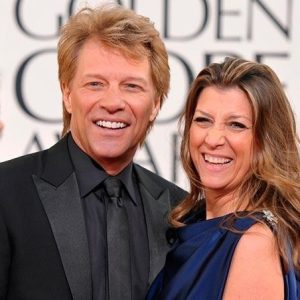At the same time, Hetfield was also born and raised on punk rock, becoming infatuated with the guitar playing of people like Johnny Ramone. By pairing the intensity of metal with the speed and precision of punk rock, Hetfield created one of the strongest foundations in the music business, playing songs that require a certain amount of dexterity in the strumming hand to pull off well.
Instead of the usual plodding riffs, Hetfield practically plays the drums on guitar while Lars Ulrich indulges in the more fill-heavy approach to the kit. Across tracks like ‘No Remorse’ or ‘Creeping Death’ from the band’s early days, Hetfield is the band’s internal metronome, never letting up for a second on his intensity.
What brings his playing to superhuman levels of endurance comes from how he plays the instrument. While most guitarists are comfortable strumming up and down to play their licks, Hetfield has adopted a slightly obsessive habit of down-picking. Although the notes don’t change when he plays, the fact that Hetfield is constantly striking down on the string creates an added intensity, almost sounding like a musical machine gun on songs like ‘One’. This wasn’t just hard rock strumming, this was the start of metal rhythm guitar.

Moreover, Hetfield has been able to keep that intensity over long periods. While his punk ancestors were known to play their hearts out for two minutes at a time, Metallica’s compositions typically go well past the five-minute mark, leading to Hetfield playing long stretches of downstrokes that would cause other players’ wrists to snap in half.
Even when stepping away from the intense side of the group’s sound, Hetfield’s knack for ballads has also come with its fair share of challenges. Although songs like ‘Fade To Black’ or ‘Welcome Home (Sanitarium)’ may be downtempo by nature, Hetfield can hardly ever be seen strumming a chord. Rather than resort to the cowboy style of strumming, Hetfield usually plays delicate arpeggios, skipping between the strings to make the guitar sound like it’s interpreting a piece arranged for piano.
One of the most oft-neglected sides of Hetfield also comes with his ability to play guitar harmonies. While he doesn’t like to solo often, Hetfield’s knack for creating symphonies was aided by lessons from original bassist Cliff Burton. Though the late bassist was known to have a deep love of classical music, Hetfield blossomed well beyond the student level, weaving together masterpieces like the midsection of ‘Master of Puppets’ or taking over all the guitars on ‘Nothing Else Matters’.
Although Hetfield does solo on occasion, his style is much more recognisable than what a rhythm guitarist would do. Take a song like ‘Matters’, for example, which doesn’t feature Kirk Hammett. Though Hetfield does sprinkle in a few bluesy trademarks in his solo, it’s more about making a compact statement within a small timeframe instead of just playing mile-long solos for the hell of it.
That is the key to any good guitar player, though. Even though Metallica’s songs might drone on for what seems like forever, there’s nothing that Hetfield would let fall by the wayside. Whereas the band’s more recent material has seen them coaxing by with subtle changes in their usual approach, there’s no taking away those glory years when Hetfield set the standard for what any self-respecting rhythm guitarist should measure up to.





